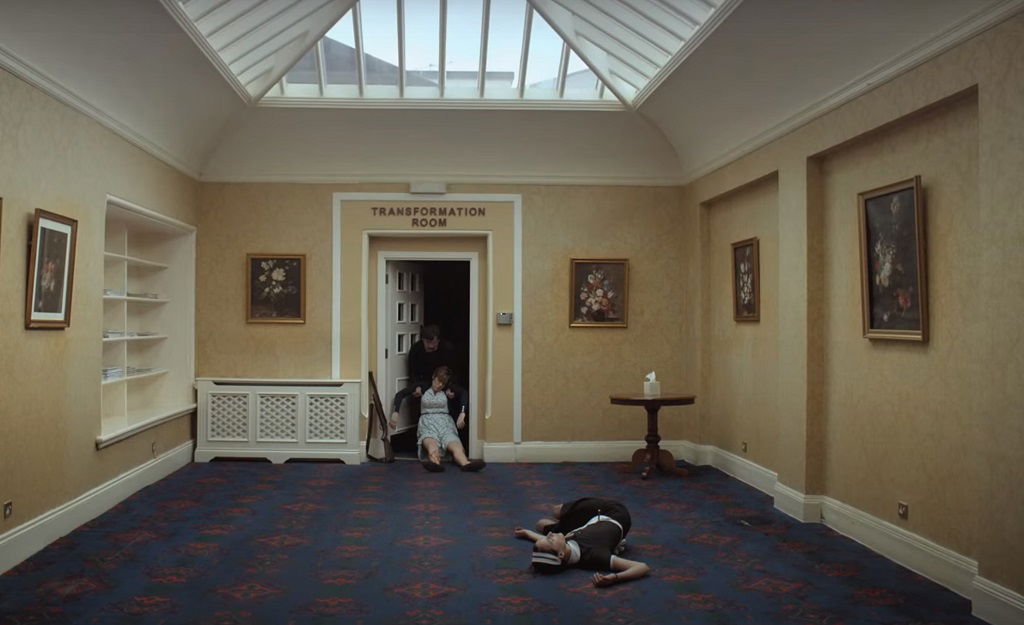Music and sound commentary in Yorgos Lanthimos.

Music in Yorgos Lanthimos' films is a fundamental element to understand and amplify the atmospheres and themes that characterize his cinema. A Greek director known for his unique and provocative style, Lanthimos has won over audiences and critics with works such as Dogtooth (2009), The Lobster (2015), The Killing of a Sacred Deer (2017) and The Favourite (2018). In this article, we will explore how music plays an essential role in the director's work, analyzing his sound choices and how they contribute to the narrative and emotional construction of his stories.
Introduction: The Role of Music in Lanthimos' Cinema
Yorgos Lanthimos is known for his unconventional approach to cinematic storytelling. His films often move between the dramatic, the surreal and the grotesque, and music is one of the main tools he uses to reinforce these aspects. The use of music in his films is distinguished by its ability to amplify the sense of estrangement, underline tension or, on the contrary, create moments of irony and detachment. Unlike many directors, Lanthimos does not limit himself to using traditional soundtracks or pre-existing songs to accompany scenes. Instead, he carefully chooses pieces of music that can become real characters within the narrative, endowed with their own specific dramaturgical function. The interaction between images and sounds in his films is studied in detail, resulting in a unique and unmistakable audiovisual experience.
Dogtooth (2009): The disturbing minimalism
In Dogtooth , music is used to underline the claustrophobic and distorted atmosphere that characterizes the life of the protagonist family. Classical pieces, such as Strauss's waltz, are inserted into surreal contexts, generating a contrast between the formal beauty of the music and the psychological violence of the images. This use is emblematic of Lanthimos's poetics, who often uses music to create a sense of emotional dissonance in the viewer. Furthermore, pauses and silence play a fundamental role: the absence of music in many scenes amplifies the feeling of emptiness and alienation, reflecting the artificial world in which the characters are confined. When music intervenes, it is often to break this monotony and introduce an element of disturbance.
The Lobster (2015): The Irony of Incommunicability
With The Lobster , Lanthimos takes his use of music to an even more sophisticated level. The soundtrack, composed of classical pieces by Beethoven, Stravinsky and Shostakovich, contrasts with the surreal and often absurd situations that unfold on the screen. The choice of classical music is not accidental: the pieces, often characterized by a rigorous and harmonic structure, create a subtle irony with respect to the emotional and relational chaos of the characters. One of the most interesting aspects is how music is used to underline the central theme of the film: the difficulty of communication and the social pressure to conform to certain standards. The music, with its formal perfection, becomes an ironic comment on the dysfunctionality of human relationships represented in the film.
The Killing of a Sacred Deer (2017): The Sound Tension
In The Killing of a Sacred Deer , music is one of the main tools through which Lanthimos builds tension. The soundtrack is composed of classical and contemporary pieces, including works by JS Bach, György Ligeti and Sofia Gubaidulina. The choice of atonal and dissonant pieces contributes to creating a sense of uneasiness that pervades the entire film. One of the most significant examples is the use of Schubert's Requiem , which accompanies some of the most intense and dramatic